Camping
How to Find the Best Places to Set Up a Tent
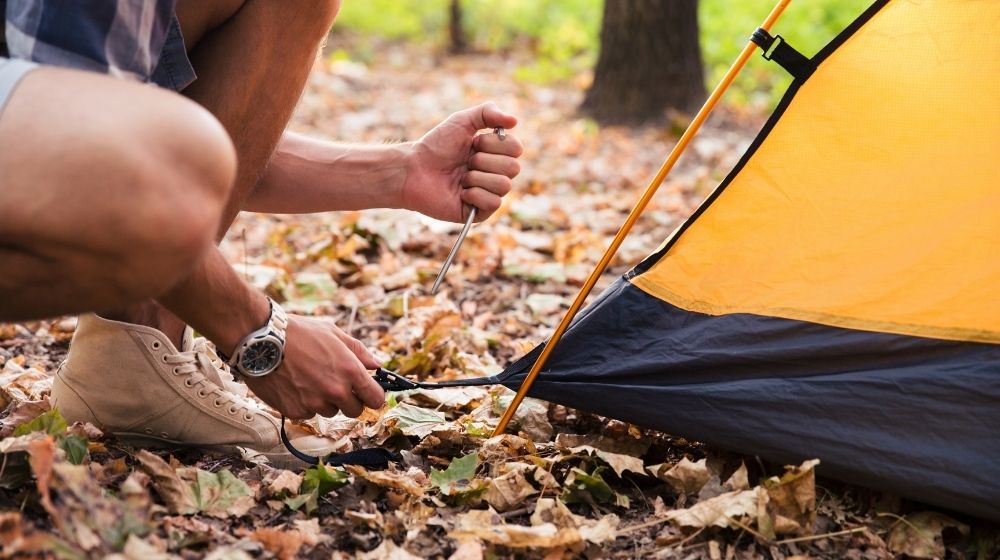
Finding the ideal spot to set up a tent can be challenging, especially for newbies. Between finding the perfect views and convenience, it can be overwhelming.
Check out this roundup of everything you need to consider when finding the perfect spot to set up a tent.
RELATED: 7 Steps To Setting Up Your Camping Tent
Factors to Consider When Finding the Best Spot to Set Up a Tent
1. Be Well Prepared
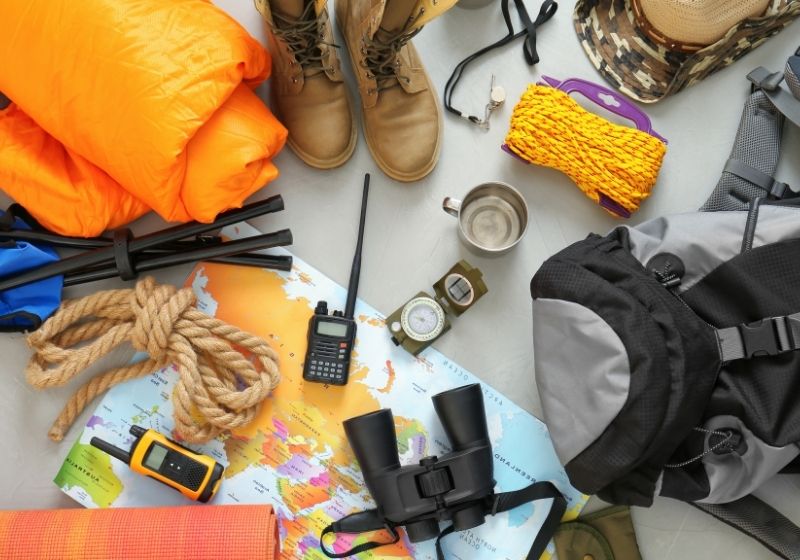
Part of landing the best spot to set up a tent heavily depends on being adequately prepared for your camping expedition. The last thing you want outdoors is to get cold and tired without a clear idea of where you will sleep.
Government offices, camping grounds offices, magazines, and social media groups are some of how you can gather the information you need to be prepared.
Additionally, you can study maps to see spots near water sources and where contour lines are furthest apart. This helps you familiarize yourself with the campsite before you get there.
Lastly, when preparing for camping, it will also help to be clear on the camping laws in your country. Where camping is prohibited or permitted with or without restrictions, being on the right side of the law is part of being prepared.
2. Water Source
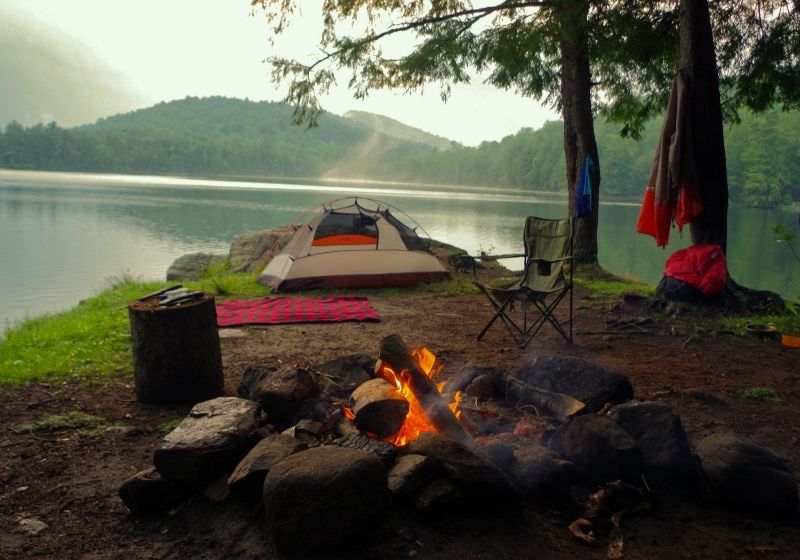
You will undoubtedly get dirty and sweaty when outdoors. Therefore, having enough water to bathe yourself, drink, and cook is paramount. Finding a fresh water source is a great way to avoid the hassle and burden of carrying water around.
To land the perfect spot, check for contour line separation on maps. While at it, be sure to look for rivers, streams, or even lakes in preparation.
Tips
- Be cautious of the forecast if you find a good camping spot, especially downriver. If it rains, you might end up in floods in the middle of the night, which is the last thing you want.
- To avoid this, ensure you set up at least six feet from the riverbank, and you can sleep through the night without worry.
3. Insects
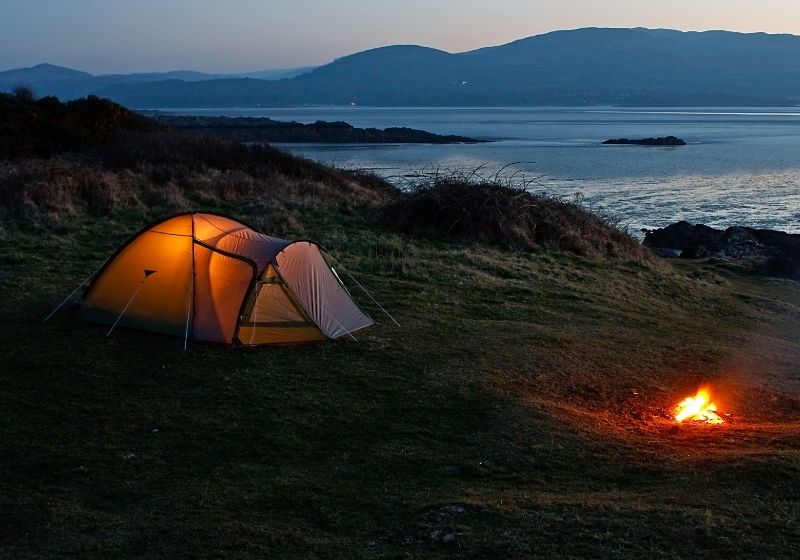
Insects may look small, but they can ruin your camping experience in a snap. There are numerous insects to think about depending on your country. However, if a river or lake sets you up, you are in the breeding ground of blood-sucking mosquitoes and sand flies.
To be as far away from these insects as possible, consider going roughly 1000meters above. This is because the higher you go, the less likely you are to encounter the insects. For mosquitoes, being relatively far from stagnant water will do the trick.
RELATED: How To Choose A Tent That Is Right For You
4. Flat Ground
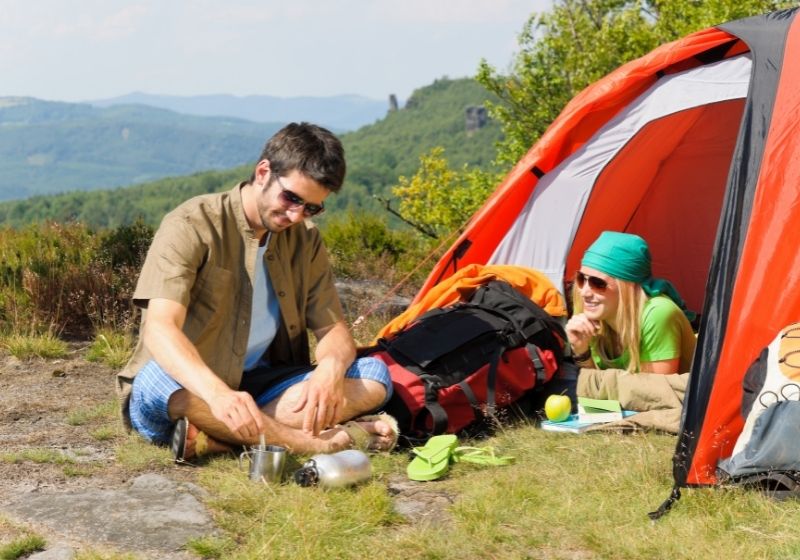
Even after scouting for spots where contour lines are furthest apart on maps, you still cannot know the vegetation present until you are physically there. Therefore, even when the ground is reasonably flat, you might have to deal with overgrown vegetation and sometimes rocks.
In such a scenario, you must make do with what you have. This may include stomping on the grass to flatten it out or moving rocks and foliage. Keep in mind that you might be moving the foliage to use it instead of throwing it away in some cases. It is all about improvising and making do with what you have when outdoors.
5. Wind
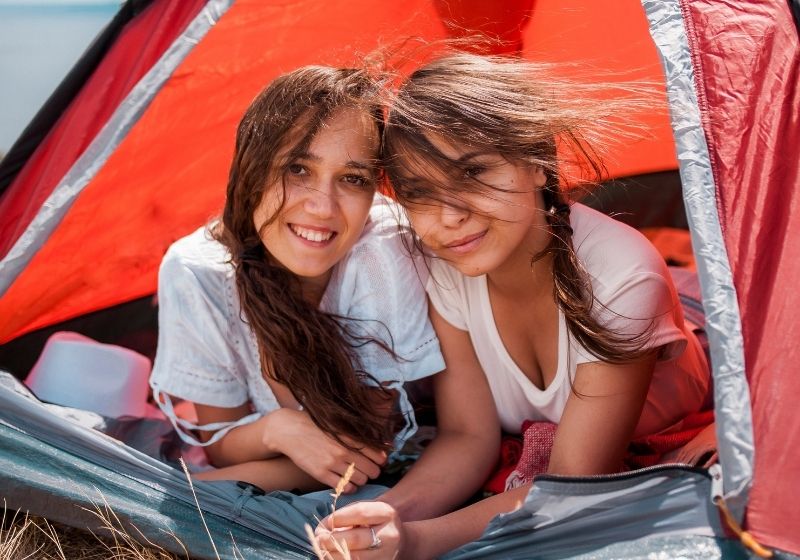
The wind is another factor to consider when looking for the best spot to set up a tent. As a result, you want to have a natural barrier like a rock or overhand between the wind and your tent. Some campers set up a tent on the leeward side to protect themselves from winds from the windward side.
To minimize the effects of wind, some people may choose to camp among trees in the forest. While this is good, the concern of strong winds dislodging small and huge branches that can hurt and potentially kill you is unsettling. Smaller branches are more likely to damage your tent.
Another disadvantage of camping among trees is that water from trees will continue dripping onto your tent during wet seasons long after the rain is over. This can be a nuisance that also means that your camping area will be wet for longer.
6. Avalanches
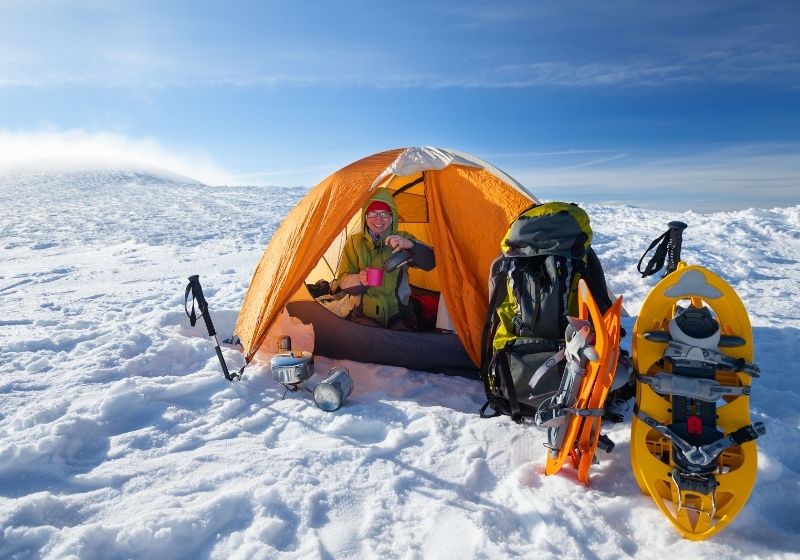
Avalanches are something to watch out for if you are camping in the middle of winter. They can be as fatal as they are beautiful, and you, therefore, want to be as far from them as possible. To do this, stay updated with the latest avalanche news and forecast.
With these, ensure that you set up a tent on the flattest ground possible. It will also help to stay as far away from marked-out avalanche paths. If you are in a less-prone area, ensure that there is enough runoff in the off chance an avalanche hits.
Note: If you are not sure, do not go camping. Avalanches are too dangerous, and risking it is not worth it.
Pro Tips
- Setting up a tent on slanted ground will help prevent water pooling under your tent, especially when the forecast says it will rain.
- Set up your tent such that the back is against the wind. The last thing you want is for your door to be in the direction of the wind. Besides being blasted when you open it up, it is likely to make cooking difficult.
- You can also get the best of both worlds by camping near a refuge. This gives you some freedom and independence while allowing you to spend quality time with people you love or even strangers. It is also safer.
- Packing insect repellant will also help keep the bugs at bay.
Watch this video by Survival Gear on the top 5 best family camping tents 2020:
There you have it, preppers. Besides buying the right tent, you can see that a lot goes into finding the ideal spot to set it up. Safety and comfort are the primary considerations when looking for the perfect spot.
But that does not mean that you should overlook things that will make camping more manageable and more fun. Luckily for you, you now have all the factors you need for comfortable, safe, and fun camping at your fingertips.
[poll id=”99″]
What factors do you consider when setting up a tent? Let us know in the comment section below!
Up Next:
- Tent vs. Hammock Camping: And The Winner Is…
- Survival Life’s Camping Checklist for 2021
- Back to School Preparation | Prepping for a Safe Schoolyear
Calling all preppers, craftsmen, bushmasters, outdoorsmen, and all-around skilled people, Survival Life needs YOU! Click here if you want to write for us.
Don’t forget to stay connected with us on Facebook, Twitter, Pinterest, and Instagram!
-

 Do It Yourself7 months ago
Do It Yourself7 months agoParacord Projects | 36 Cool Paracord Ideas For Your Paracord Survival Projects
-

 Do It Yourself9 months ago
Do It Yourself9 months agoHow To Make Paracord Survival Bracelets | DIY Survival Prepping
-

 Do It Yourself9 months ago
Do It Yourself9 months ago21 Home Remedies For Toothache Pain Relief
-

 Do It Yourself10 months ago
Do It Yourself10 months agoSurvival DIY: How To Melt Aluminum Cans For Casting
-

 Exports8 months ago
Exports8 months agoAre Switchblades Legal? Knife Laws By State


Don P Morris
September 9, 2021 at 4:30 PM
One important factor is avoiding cold air drainages, something not even mentioned in your exceedingly elementary discussion. Another is shelter from winds
Pam
September 9, 2021 at 6:59 PM
I would like to add that you must be very careful when dealing with a rain storm. My husband and I have been camping together for 43 years. One year while using our pop-up, we went camping with a large group of friends. The place we camped at had sites built into a hill for rv’s. The tenters were to set up in a field at the bottom of the large hill with a lake about a quarter of a mile away. No rain was forecasted but everyone came “prepared” or so we all thought. That second night a large thunderstorm came through, it was a gully washer. Those of us on the hill watched in horror and disbelief as this storm dumped a torrent of rain down the hill sweeping anything that was not tied down with it. Chairs, toys, bikes, coolers, grills… flew by us so fast headed right for all of the tenters. Fortunately our friends below were able to get to their vehicles safely but some of the tents were flattened or floated away. The campground owners had never seen anything like it before. Thankfully everyone was ok and we continued camping together for many years. My point is, yes camp on flat ground but not near large hills that could cause a flooding problem. Have a backup plan for safety in case of a storm. We now have use of cell phones and the Internet as a warning system but back then we did not. Even today though, your technology might not work where you are so have a backup plan.